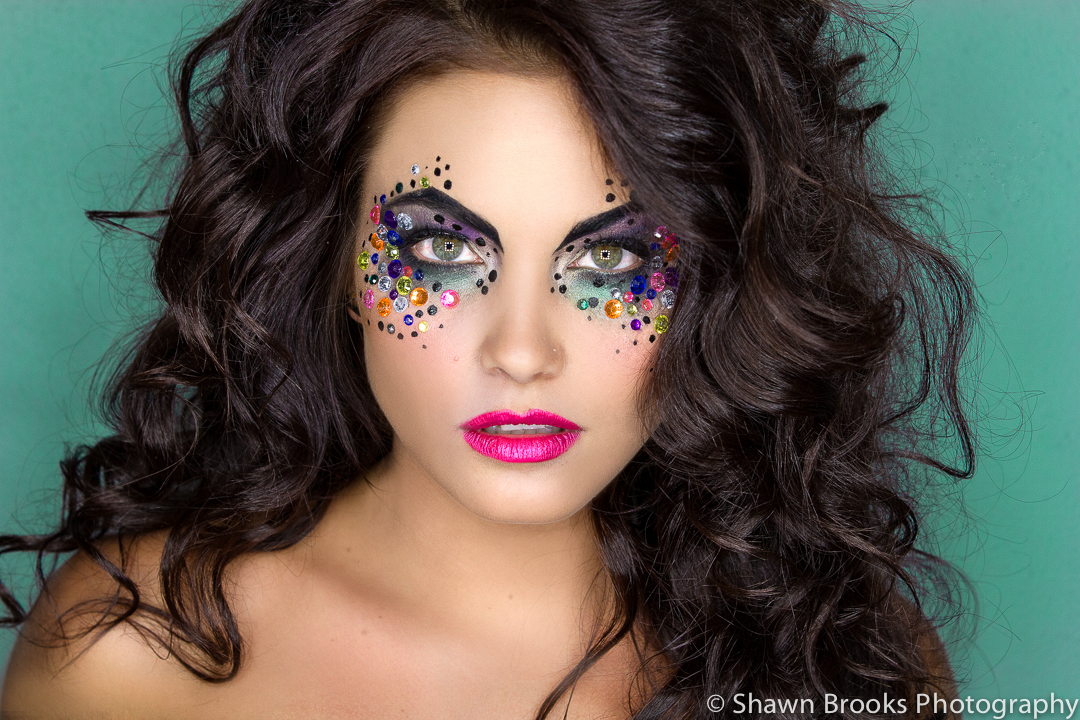
Acting/Commercial
Playing a role on television in an advertisement for a product, service, or idea.
Fashion
Fashion modeling is done to promote clothing or accessories. Fashion models are generally 5’10” or taller in major markets (Smaller markets often begin Fashion at 5’8” and taller) and very thin with looks ranging from beautiful to unusual and distinctive.
- Runway: Occurs during a fashion show when a model walks a runway or elevated catwalk, to showcase clothing and accessories to potential buyers.
- Catalog: Print modeling done to showcase a company’s clothing or products in their publication. Example: JC Penney’s, Sears, Macy’s catalogs.
- Editorial: Print modeling for high fashion magazines such as Vogue, Elle, Glamour, ect. It is generally edgy and showcases a current style or trend.
- Fit: A model that has the perfect body sizes and proportions for a certain clothing line or designer preference. It is very important for a fit model to maintain their size. Fit models are hired to help designers see how their clothing looks and moves on a person. Some companies hire fit models on a more permanent basis. Fit models are the least seen and often best paid models in the business.
Commercial Print
Commercial print modeling is generally done to advertise products, services and companies. There is no set height or weight for commercial modeling, but you must be a well proportioned, attractive, real person that can act and play different characters.
- Casual / Lifestyles: When a model portrays a distinctive part of life, from a college student in an ad for dorm room accessories to a senior citizen couple in a healthcare ad. Lifestyles models are generally attractive versions of the stereotype.
- Corporate: Print modeling with a business theme. Corporate models portray doctors, nurses, executives, and other business people in brochures, ads and annual reports.
- Swimwear: Swimwear models generally are curvier than fashion models with toned but not overly muscular figures. Swimwear models can appear in advertising for any type of beach or resort location, suntan products and swimwear catalogs.
- Fitness: Fitness modeling requires a well toned figure and often a degree of athletic proficiency. Fitness models appear in ads for health and fitness products, athletic companies, and trade magazines such as Runner’s World or Shape.
- Lingerie: This can range from a catalog lingerie situation where the girl is wearing a simple bra and panty set and smiling at the camera (JC Penney, Macy’s) to a scene where the mood is more mature in nature (Victoria’s Secret, Maxim).
- Glamour: Modeling with a playful sexual overtone. Glamour modeling can include lingerie and swimwear. It can range from cheesecake pinup photos to calendar and Maxim style images. Glamour models normally have curvy figures and beautiful faces.
- Alternative: Any modeling that has a punk or gothic feel.
- Nude
- Glamour Nude: Playboy and Pin-up style modeling.
- Artistic Nude: Posing nude for an artist for the purposes of creating art.
- Erotic Nude: Nude modeling that is artistic yet sexual in theme. Not pornographic.
Body Parts
- Hair: Hair models have gorgeous healthy hair. They are used for hair product ads and to show different hairstyles in hair magazines or at hair shows.
- Legs: Leg models have long shapely legs. They may be used in ad for pantyhose or anything that would require an image of good legs.
- Hands: Hand models have long graceful hands and impeccable nails. They are used in jewelry ads or any other image that requires a pair of photogenic hands.
Contact Us: Click Here
Follow me on Instagram for the latest news, contests, etc.
